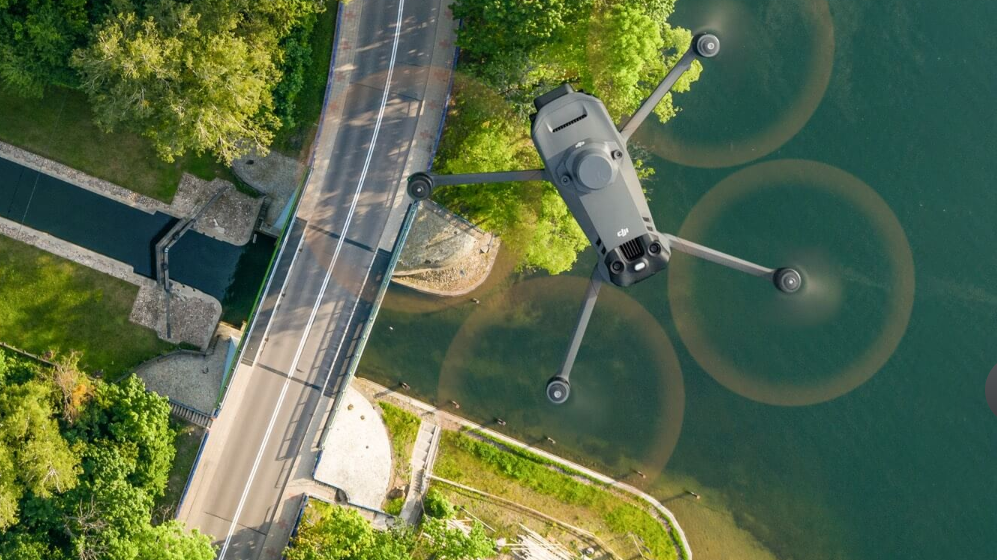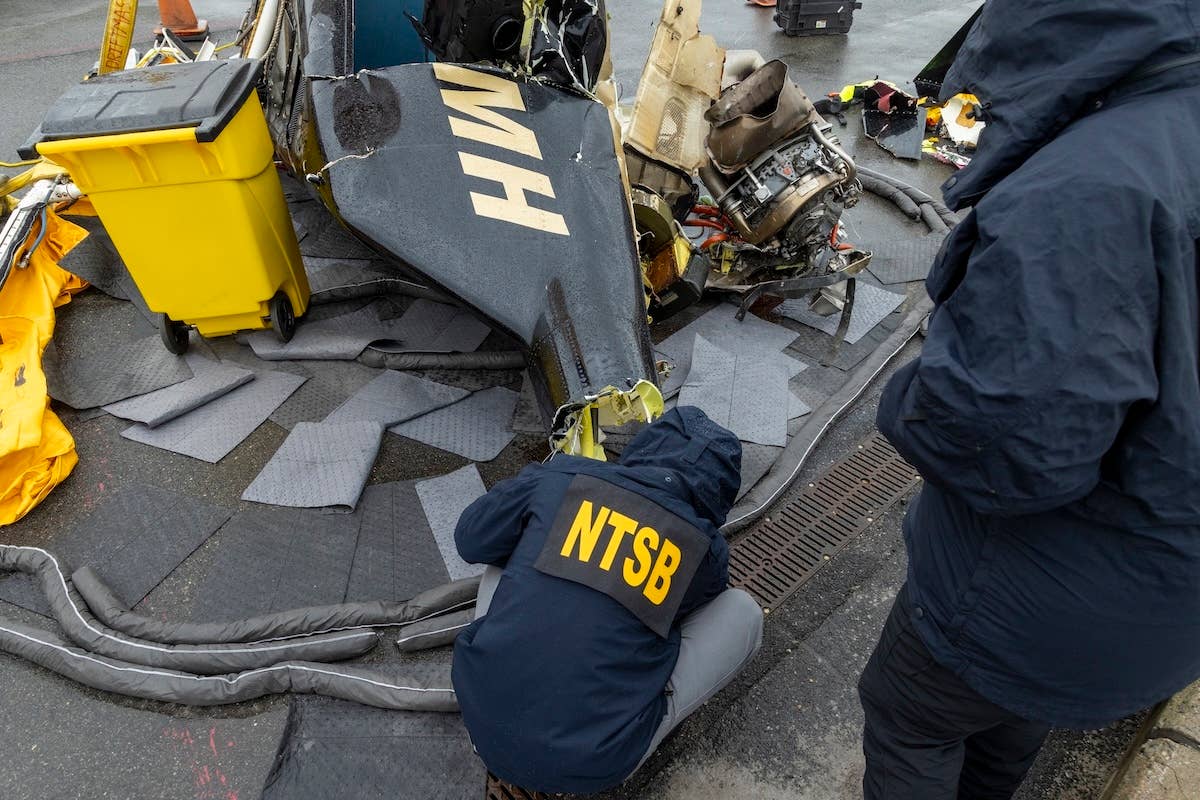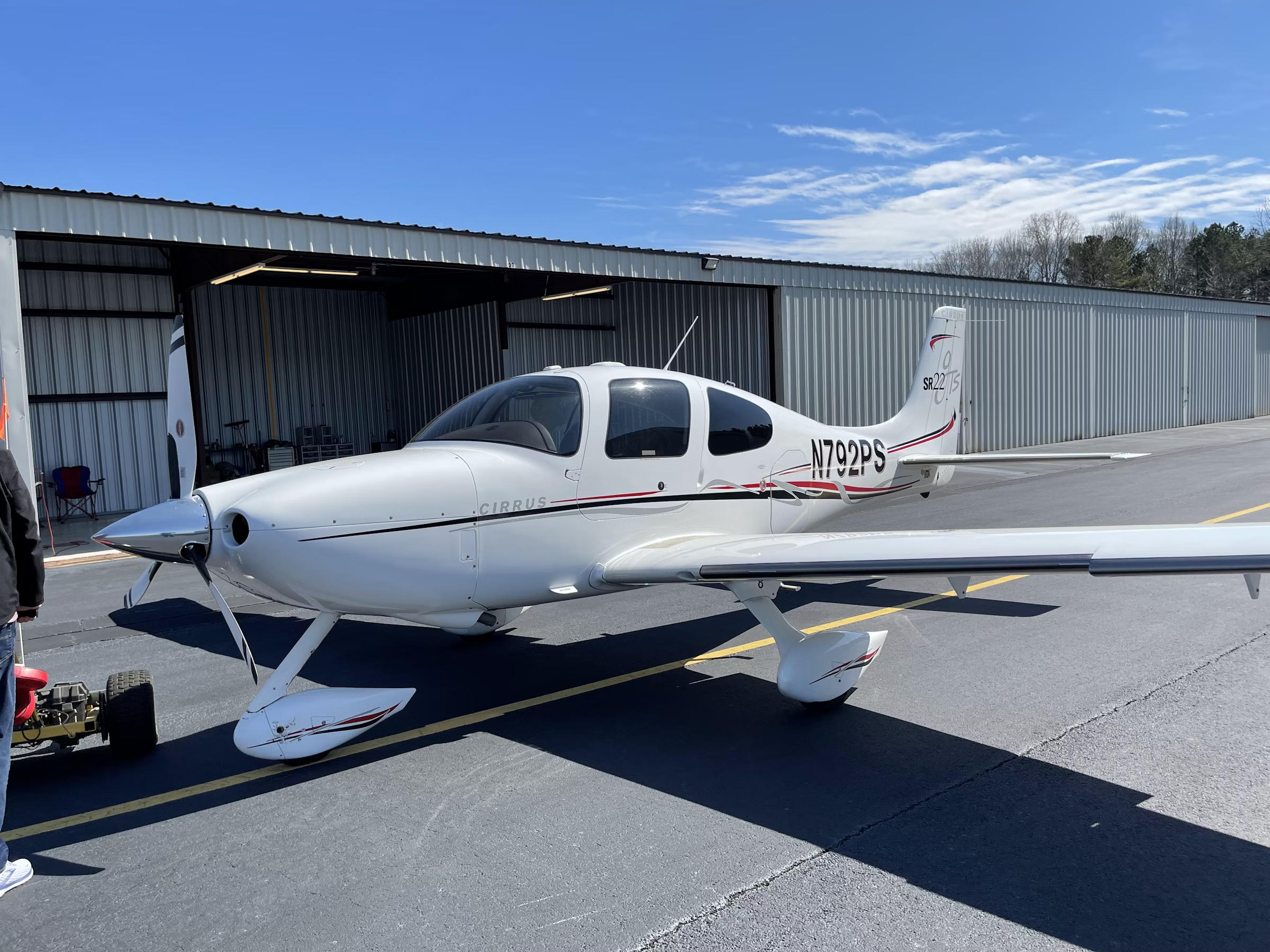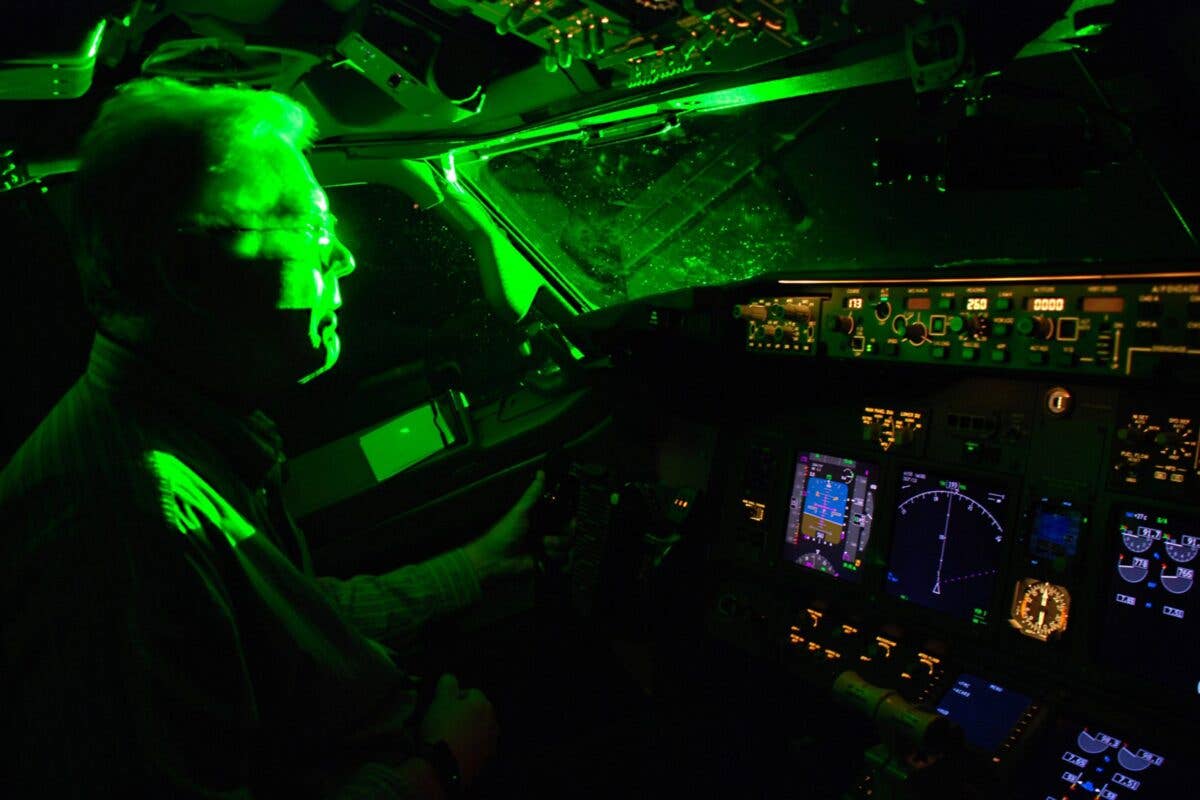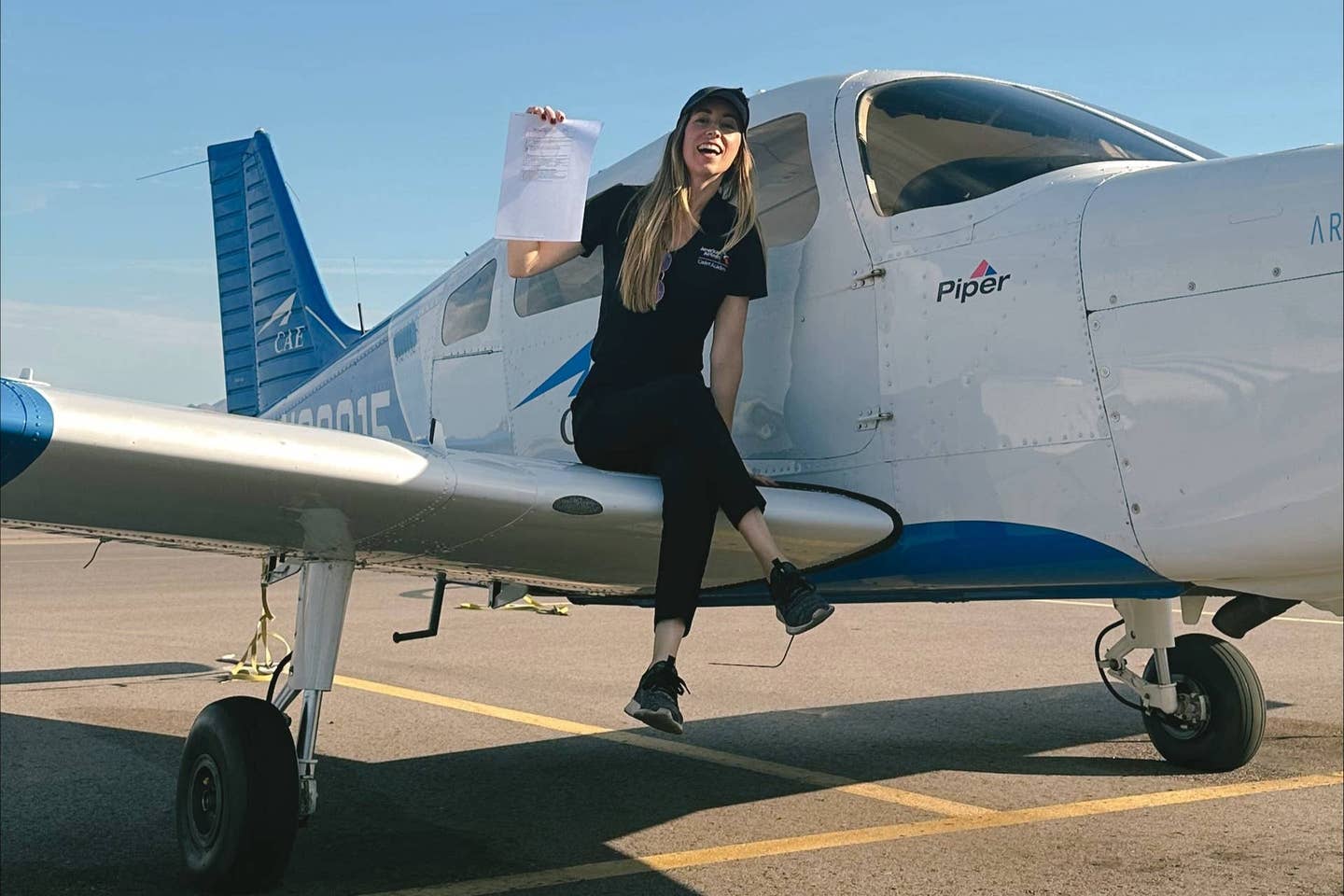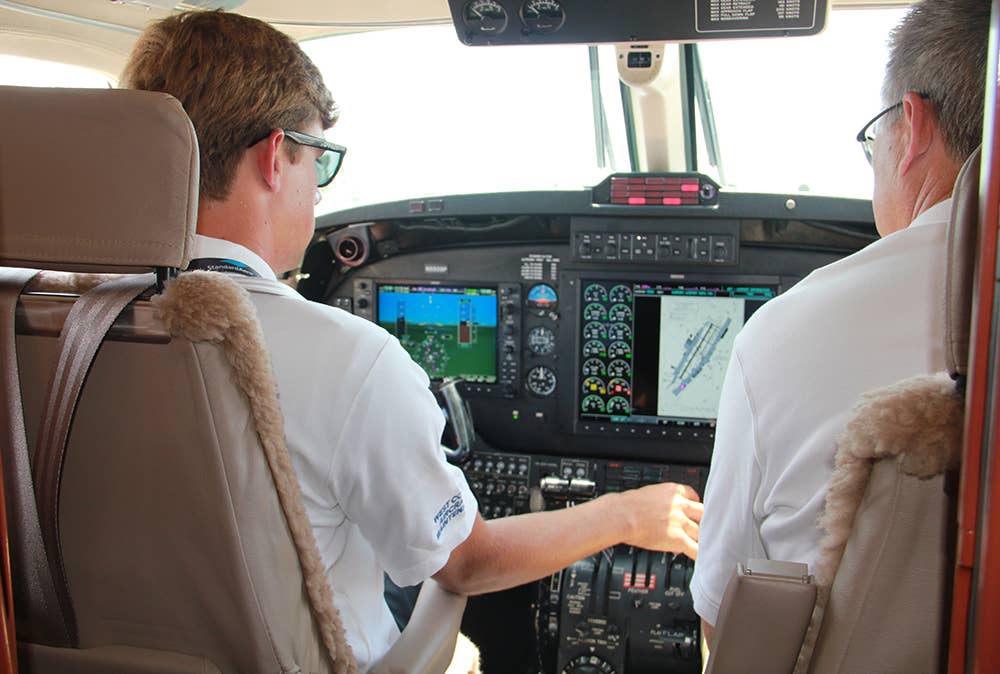Minnesota’s ‘Jetson Law’ Green-Lights Flying Cars on Roads
Minnesota joins New Hampshire as the first states to permit roadable aircraft—vehicles that can both drive and fly—to use public roadways.

Flying cars or roadable aircraft, such as Samson Sky’s Switchblade, are now permitted to drive on Minnesota roadways. [Courtesy: Samson Sky]
Minnesota just became the second U.S. state to allow so-called “flying cars” to drive on its roadways.
The state’s 2024 transportation policy bill, which was signed by Governor Tim Walz in May and includes a measure that would categorize roadable aircraft as motor vehicles, went into effect Thursday, allowing cars that can take to the sky using wings or propellers to drive on the highway.
Minnesota joins New Hampshire as the only states to pass what legislators are dubbing "Jetsons laws.”
The measure defines roadable aircraft as “any aircraft capable of taking off and landing from a suitable airfield which is also designed to be driven on public roadways as a motor vehicle.”
“This is how we get to the future of flying cars, which sounds awesome to me,” said Minnesota State Representative Nolan West, a Republican, in March.
On the other hand, Democratic State Representative Larry Kraft said the vehicles should face further scrutiny before hitting the roads, citing fuel use and urban sprawl.
So far, there are no vehicles that are certified as roadable aircraft in the U.S., though several companies are developing what they describe as flying cars.
Samson Sky, for example, is building the “street-legal” Switchblade, a three-wheel design intended to drive as fast as 125 mph and cruise in the air at 139 knots. A Samson analyst provided input to the Minnesota Senate Transportation and Public Safety Committee as the flying car bill was taking shape, and the company is pushing for similar legislation elsewhere.
Other drive-and-fly vehicle manufacturers include Alef Aeronautics and Aska, both of which have obtained FAA special airworthiness certification to begin flight testing, Doroni Aerospace, and Terrafugia.
By and large, the companies’ designs are geared toward personal, recreational flight. Owners could drive out of their garage to an airport, where they could take off and fly to a nearby destination like the beach.
Some firms, like Samson and Alef, have reported preorder sales worth hundreds of millions of dollars. Similar personal flying vehicles, such as Pivotal’s BlackFly or Lift Aircraft’s Hexa, have drawn attention and funding from the U.S. military.
The new Minnesota law classifies roadable aircraft as motor vehicles, allowing them to be driven on public roadways. They will need to adhere to FAA regulations in the sky and at airports and follow the rules of transportation regulators on the ground.
The vehicles must take off and land only at airfields and restricted landing areas. Gliding into an interstate landing, for example, would be considered a misdemeanor unless it were an emergency situation—an exception that exists for aircraft in most states.
In lieu of license plates, flying cars driving on public roadways will require registration decals clearly visible in the front and rear. The decals, provided by the state’s transportation commissioner via application, will include the make and model of the vehicle and federally issued tail number. Owners must also register the vehicle with the state as an aircraft. Drivers will be prohibited from unfurling wing and tail components on the road.
Although several flying car manufacturers have already opened the preorder process, roadable aircraft are likely still years away from taking to the road or sky.
Electric vertical takeoff and landing (eVTOL) air taxis, which similarly mesh two vehicle types—winged aircraft and rotorcraft—have yet to get off the ground despite some manufacturers having begun development more than a decade ago.
The long runway to commercial eVTOL service is due not just to the complexity of designing, building, and testing the aircraft. There’s also plenty of regulatory confusion about how to classify the vehicles and set rules around pilot training, maintenance, and operation.
Flying car manufacturers are attempting to combine two even more disparate vehicles and operate under the domain of multiple transportation regulators, which would seemingly add to the complexity of the path they face. They also lack the backing of the largest eVTOL manufacturers, some of which have raised north of $1 billion.
Like this story? We think you'll also like the Future of FLYING newsletter sent every Thursday afternoon. Sign up now.

Sign-up for newsletters & special offers!
Get the latest FLYING stories & special offers delivered directly to your inbox

